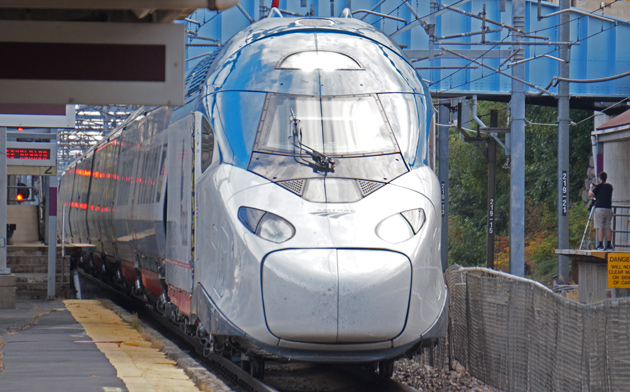The carving was saved from the 1929 station when it was demolished in the 80's and encased in new brick. There's only an obscure few elements from the old station that were salvaged.
- The NYNH&H sign. Used to be identical ones on each side of the old building, but this was the only one of the 4 that was salvaged.
- Metalwork on the two commuter rail headhouse canopies flanking the NYNH&H sign. Think this came from ex- south side busway.
- Metalwork on the Orange Line exit-only headhouse. Think this came from ex- south side busway.
- Ornament in shape of steam locomotive hung on Clarendon St. vent stack. Used to be over old Clarendon St. entrance.
- These decorative thingies on the retaining wall fronting the Cazenove St. and St. Charles St. dead-ends. Salvaged from old Clarendon St. entrance, where they were right below the NYNH&H sign. Odd choice to relocate them from such prominent view to such extremely obscure view on the residential dead-ends.
^All^ of them in non-original locations embedded in modern '85-87 construction. The
original station (1979 photo album) was overall brick and utilitarian, but on close squint had lots of neat subtle detail to it...far too little of which ended up being preserved. The building was only 55 years old upon demolition and still in good condition (though the track level was kind of a claustrophobic dump), so despite the necessity of its demo for reconfig of the tracks below and addition of the Orange Line they could've done way more architectural salvage than they attempted. The current charmless station's concourse level in particular ended up being a very inferior substitute.



